Living things have three main traits: They grow, take in nutrients (that means food and water), and reproduce (which means they make more living things like themselves). Non-living things do not grow, need nutrients or reproduce.
To better understand living vs non-living things…
LET’S BREAK IT DOWN!
Living things grow.
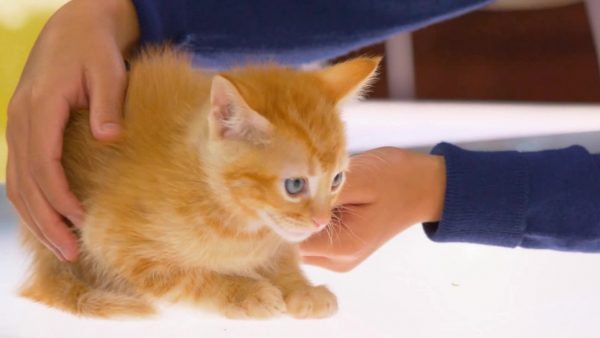
An animal, such as a kitten, gets bigger and bigger and becomes a full-grown cat. A plant, such as a flower, starts from a seed and grows taller and taller. A non-living thing, like a rock, doesn’t grow.

Living things need food and water.
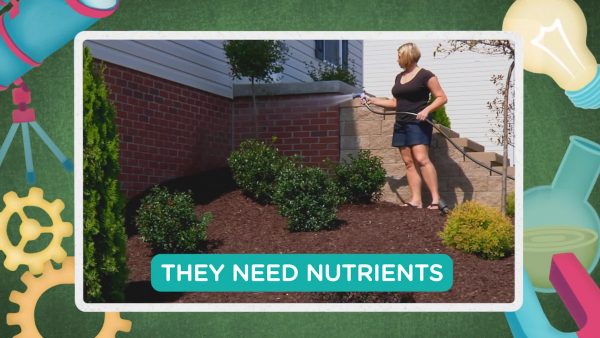
In science we say that they take in nutrients. An animal, like a kitten, takes in food and water through its mouth. A plant, like a tree, takes in nutrients through its roots and leaves. A non-living thing does not take in nutrients.

Living things reproduce.
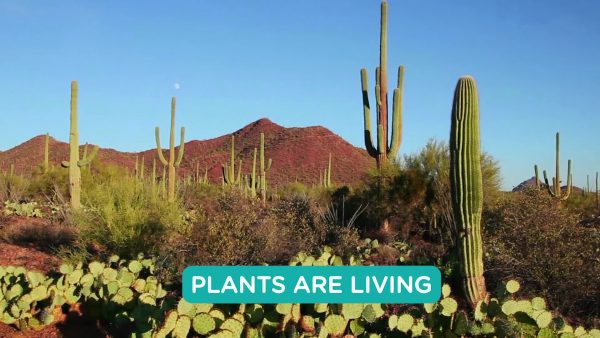
A mother cat and a father cat will make more cats. Plants also reproduce. They start from a seed, grow, and then produce seeds of their own. Non-living things do not reproduce.

There are many living things on Earth.
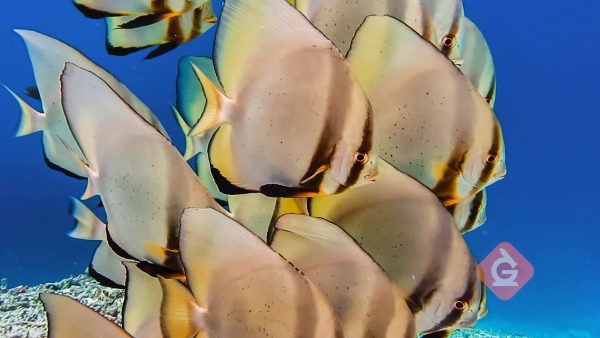
Living things include kittens, fish, birds, insects and even people. They all have something in common: they grow, need nutrients and they reproduce!

Plants are also living things.
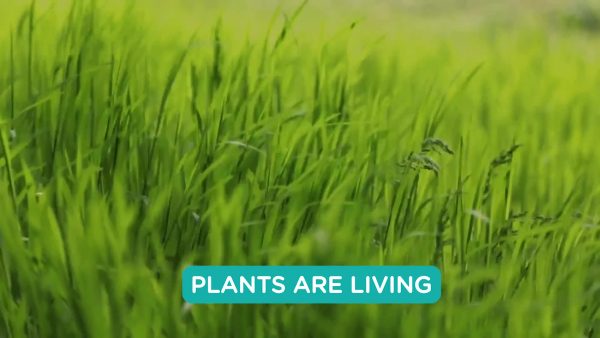
Plants are living because they grow, take in nutrients and reproduce. Trees, bushes, a cactus, flowers and grass are examples of plants.

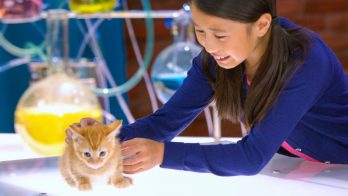
































































































































 Select a Google Form
Select a Google Form









